Probability for Kids: Using Model-Eliciting Activities
Probability for Kids: Using Model-Eliciting Activities to Investigate Probability Concepts
By Scott A. Chamberlin, Ph.D.
(Prufrock Press, 2016 – Learn more)
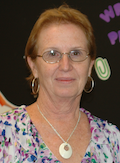 Reviewed by Linda Biondi
Reviewed by Linda Biondi
What is the probability of finding a math book about probability that is research based, innovative and fun? Think about it. Most books about probability are workbooks or theoretical books about the existence of probability. If probability is how likely something is to happen, then we can’t answer that with total certainty. The best we can say is how likely it is to happen, using the idea of probability. (Source)
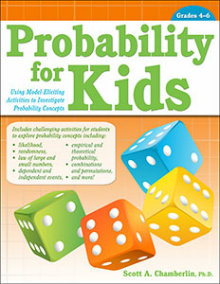 Guess what! It is likely that this book is research based, innovative and fun. And you will enjoy using it if you are a teacher of mathematics in the middle grades.
Guess what! It is likely that this book is research based, innovative and fun. And you will enjoy using it if you are a teacher of mathematics in the middle grades.
Every day from the moment we wake up, we are faced with probability choices, some long-range and significant (such as the probability of going to the college of your choice) and others more routine or even trivial (the probability of finding more red Skittles in your bag than yellow ones).
I have been teaching fourth grade math for almost 20 years. When I started to read this book, I was wondering what new ideas I would learn. I thought, “Probability is probability.”
What is the probability of this book being a book of lesson plans? I thought that was very probable, but I was acutely wrong. Probability for Kids: Using Model-Eliciting Activities to Investigate Probability Concepts is a book that engages the teacher in the learning along with her students.
Dr. Chamberlin’s approach is significantly up-to-date and aimed towards teachers, especially in grades 4-6. Educators know that it is important to teach a concept in depth, through more than one method of practice, and to have students engage in creative problem solving. This book solves that problem.
Dr. Chamberlin employs a problem solving approach called Model Eliciting Activities (MEAs), in which the students create their own mathematical model to explain “phenomena.” It is the “creation of mathematical models to explain phenomena in any content area of mathematics, likened to mathematical formulas.” Each MEA is developed according to six principles.
- Model construction principle
- Reality principle
- Self assessment principle
- Construct documentation principle
- Shareability principle
- Effective prototype principle
Challenging but worthwhile
Although the Common Core State Standards for Mathematics (CCSS-M) and state standards created by the National Council of Teachers of Mathematics (NCTM) recommend that mathematical modeling be used in classrooms, MEAs are a relatively new concept with few resources or training available to the teacher, which is a drawback.
In addition, this concept has also been used with gifted and talented students more than other academic groups, which also limits the resources that are available for differentiation. To apply this concept to your classroom is going to take some time, patience, and perseverance – especially for a teacher without a deep mathematical or probability content background. (Namely, me).
At first, I was skeptical and scared. How could I understand the concepts, much less model them for the students? It was difficult to remove myself from the “giver of knowledge” to a “metacognitive coach facilitator.” But I dove in.
The MEAs in this book are created to resemble real world probability problems and engage teams of three to four students. The author graciously provides potential questions that students might pose which aids the teacher as she or he begins this new journey. As students solve the MEAs, we are able to see into their thinking process as they brainstorm to create the solutions.
Each chapter is arranged and compromised of:
- A discussion of the activity (MEA)
- Potential student responses (listed from least to most complex)
- The activity itself
- Questions the facilitators may use during the implementation of the activity
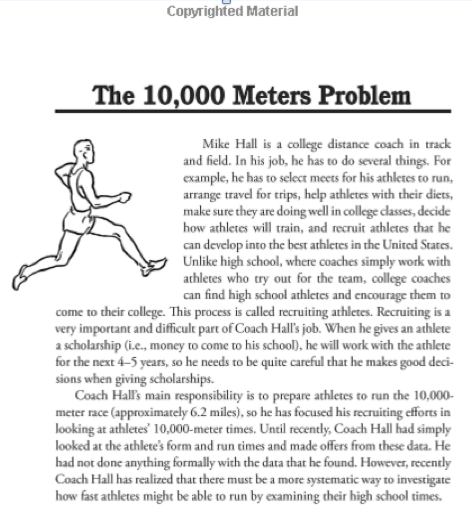
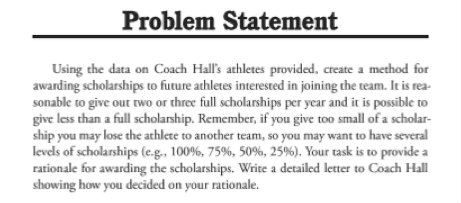
I wish that back when I went to school, I had been taught this approach instead of solving a page of 30 math problems with little thinking except for the occasional word problems. I wish that more math books had real life problems that involved more complex thinking and group work. I wish that professional development was geared towards developing higher-level thinking and problem solving in teachers as well as students.
Probability for Kids: Using Model-Eliciting Activities to Investigate Probability Concepts is an excellent supplement to an existing curriculum. Students should have the experience with MEAs to help them become critical thinkers. I caution teachers that, before implementing the lessons in the book, they establish a culture in the classroom where students are not afraid to take risks, there is an open communication forum between teacher and students, and students are proficient in working together in groups. Here’s a glimpse of what you will find:
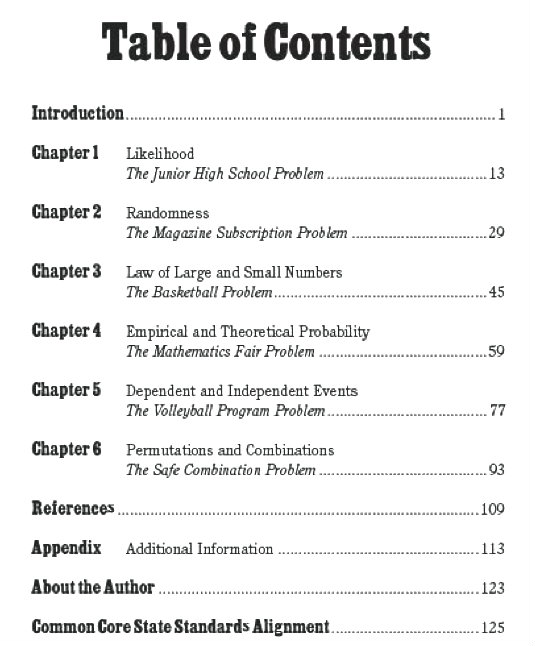
____________
Linda Biondi is a fourth grade teacher at Sharon Elementary School in Robbinsville, NJ, and a long-time Morning Meeting practitioner. She’s also the recipient of several educational grants, a Teacher Consultant with the National Writing Project and a participant on the NJ Department of Education Teacher Advisory Panel. Linda participates in ECET2 Celebrate Teaching which has posted an interview with her.


































Linda, thank you for the nice review. If you, or other readers have questions about implementation or differentiation, please feel free to e-mail me. I am more than willing to help.
Scott
scott@uwyo.edu